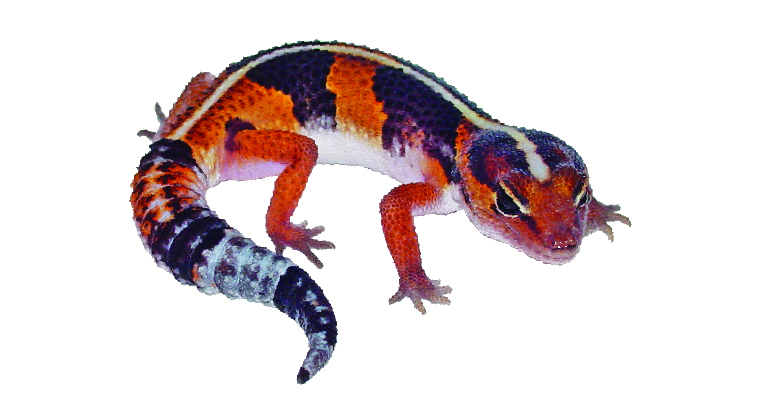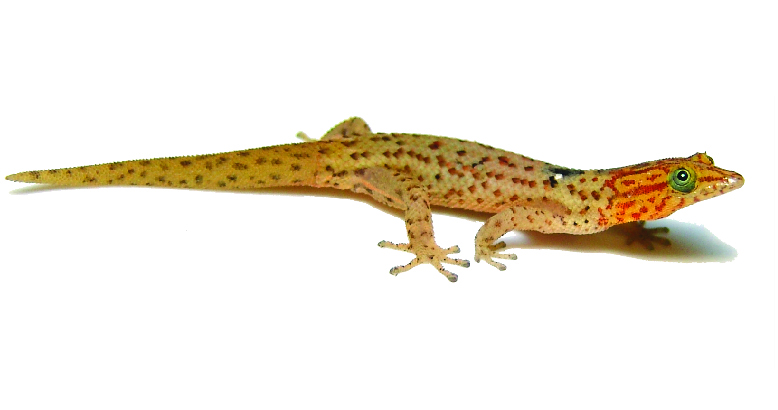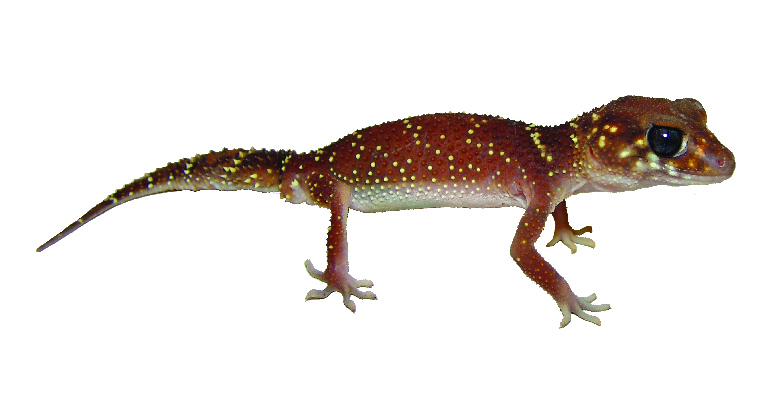Research

Genomics and Sex Chromosome Evolution
New methods to identify sex chromosomes
Studies of sex chromosome evolution have been hindered by the difficulty in identifying the sex chromosome systems of a large numbers of vertebrate species. This is because the sex chromosomes in most species of fish, amphibians and reptiles are not heteromorphic and cannot be easily identified with karyotyping via light microscopy. Therefore, the first step in pursuing my research was devising a method to rapidly identify a species' sex chromosome system. To that end I have developed an analytical pipeline that uses Restrictionsite Associated DNA sequencing (RAD-seq) data to identify sex-specific markers (Gamble and Zarkower 2014, Gamble et al. 2015a). Species with male-specific markers have an XX/XY system while species with female-specific markers have a ZZ/ZW system. I have used RAD-seq data from a dozen gecko species to significantly increase the number of known transitions among sex determining mechanisms in the group. This RAD-seq pipeline is capable of much higher throughput than previous cytogenetic approaches and is ideally suited to finding sex chromosomes that are not visibly heteromorphic. Thus, it will be a critical enabling technology for molecular evolutionary studies that will transform the study of sex chromosome evolution and significantly accelerate the pace of biological discovery.
Are sex chromosomes destined to degenerate?
The traditional model of sex chromosome evolution predict that the X and Y (or Z and W) sex chromosomes should diverge from each other over time and was derived by studying of the extremely heteromorphic sex chromosomes of Drosophila and mammals. This model posits that degeneration occurs because of reduced recombination on the sex chromosomes around the sex determining locus and linked sexually antagonistic genes. However, heteromorphic sex chromosomes are rare in many vertebrate groups, particularly fish, amphibians, and reptiles. This lack of degeneration challenges the universality of the traditional model of sex chromosome evolution, suggesting that degeneration is not the automatic fate of sex chromosomes, and there exist processes that can limit sex chromosome divergence.Very broadly, sex chromosomes can avoid degeneration and remain less differentiated for two reasons. The "turnover model" suggests frequent changes in sex determining mechanisms can promote homomorphism because newly derived sex chromosomes will not have had time to degenerate. Alternately, a "conservation model" posits that sex chromosome differentiation can be slowed through persistent recombination between the X and Y (or Z and W), either through occasional sex reversals or by the advantages conferred by maintaining recombination by limiting Hill-Robertson effects and to subsequently preventing degeneration via Muller's ratchet. I found support for the conservation model in Anolis lizards by combining cytogenetic and molecular genetic data with phylogenetic comparative analyses (Gamble et al. 2014). Furthermore, I described extensive variation in the rate of Anolis Y chromosome degeneration and its impact on sex chromosome heteromorphism. I am expanding this research into geckos, which will provide an outstanding opportunity to test the generality of these results.
Geckos are a model clade to study sex chromosome evolution.
Reptiles, and geckos in particular, are ideal models to study sex chromosome evolution because they possess all major vertebrate sex determining mechanisms and exhibit an extraordinary number of transitions among those mechanisms (Gamble 2010, Gamble et al. 2015a). I have developed considerable resources to facilitate the study of lizard sex chromosomes including a comprehensive generic-level phylogeny of geckos (Gamble et al. 2012), an extensive collection of tissue samples, cell lines, a breeding colony to produce specimens and embryos, and sequenced male and female genomes of two gecko species.

Species diversification
Gecko phylogenetics and systematics
A major portion of my past and ongoing research has been devoted to generating a comprehensive gecko phylogeny that provides an evolutionary framework for subsequent research. A resolved, well-supported phylogeny can illuminate evolutionary patterns that may have been obscured by a non-evolutionary taxonomy and is necessary to identify instances of repeated evolution (including traits like sex determining mechanisms and adhesive toepads). I resolved higher-order relationships among geckos using DNA sequence data and clarified taxonomy to reflect these relationships. This included the descriptions of a new family (Gamble et al. 2008a) and new genus (Gamble et al. 2011). I have also used the comprehensive gecko phylogeny to uncover patterns of repeated evolution in adhesive toepad morphology and life history characteristics (Gamble et al. 2012a, Gamble et al. 2015b).



